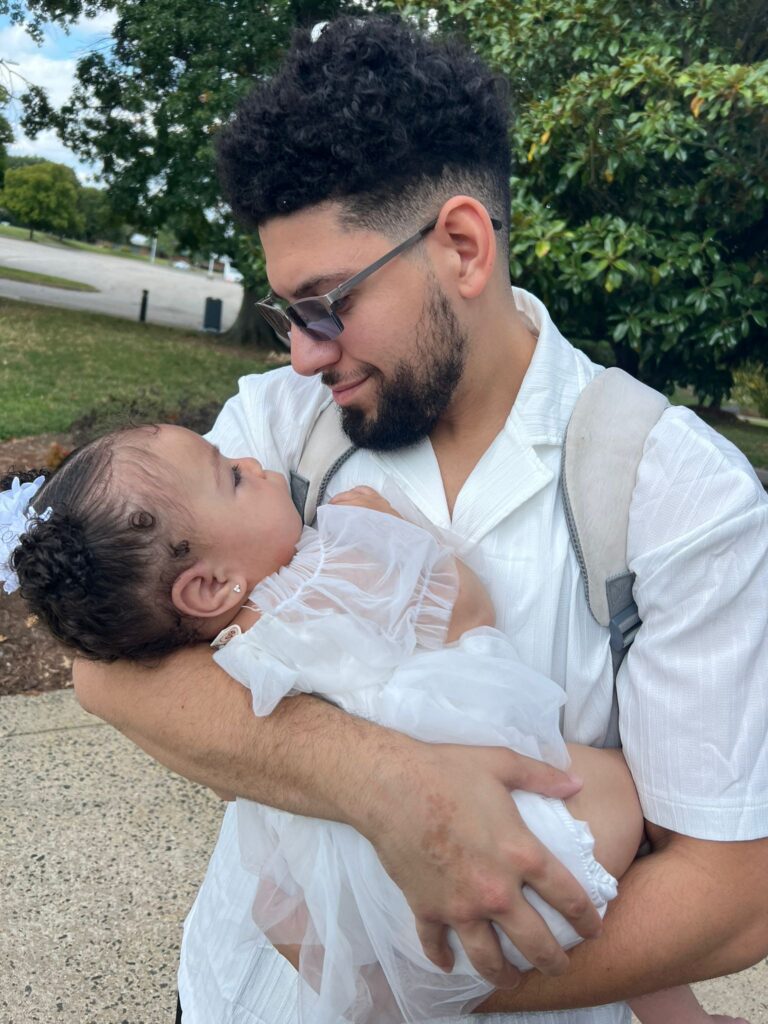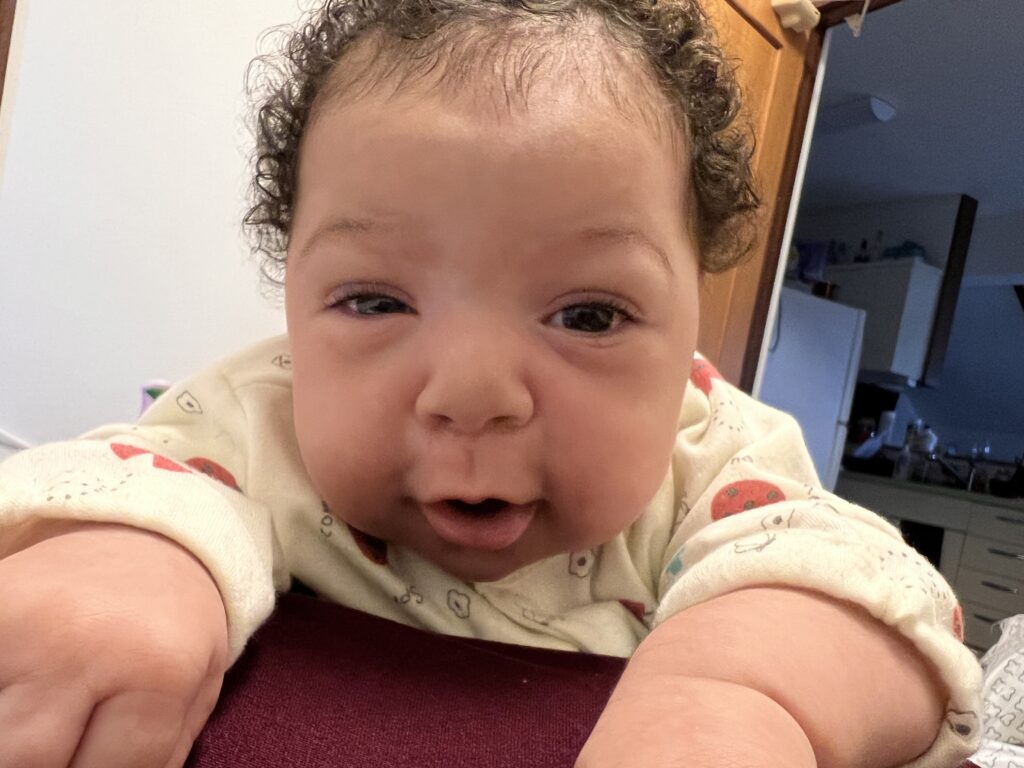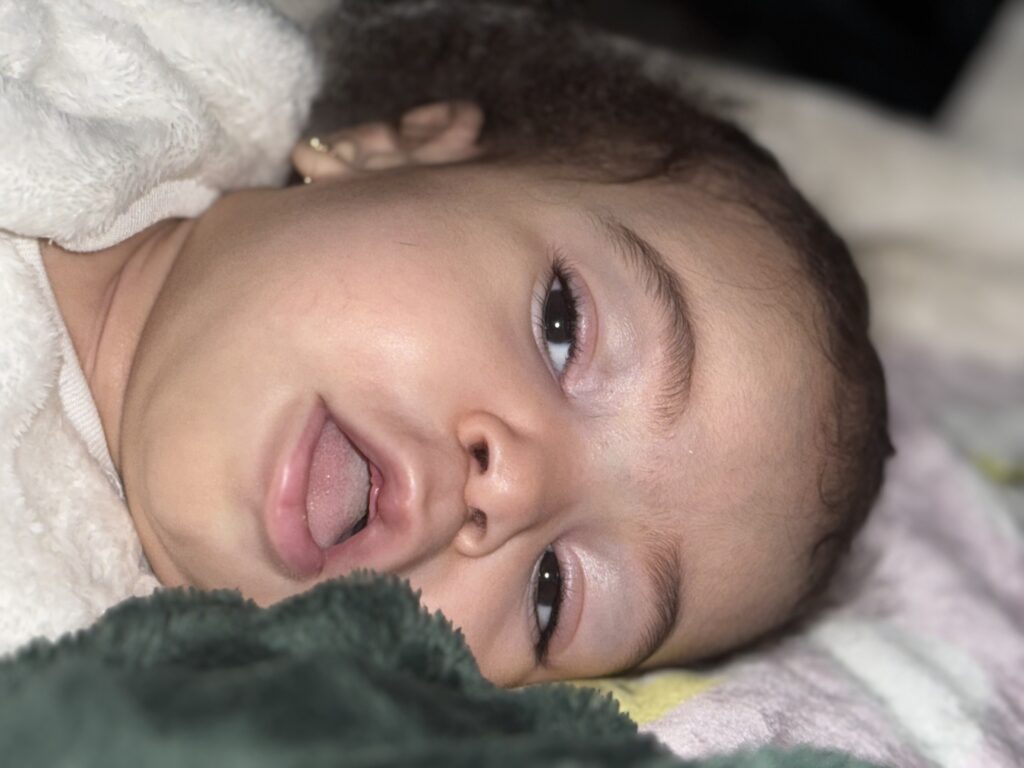Milah’s story, by her mother
“Milah was diagnosed with GM1 Type 1 at 8 months old. She is our precious first child.“
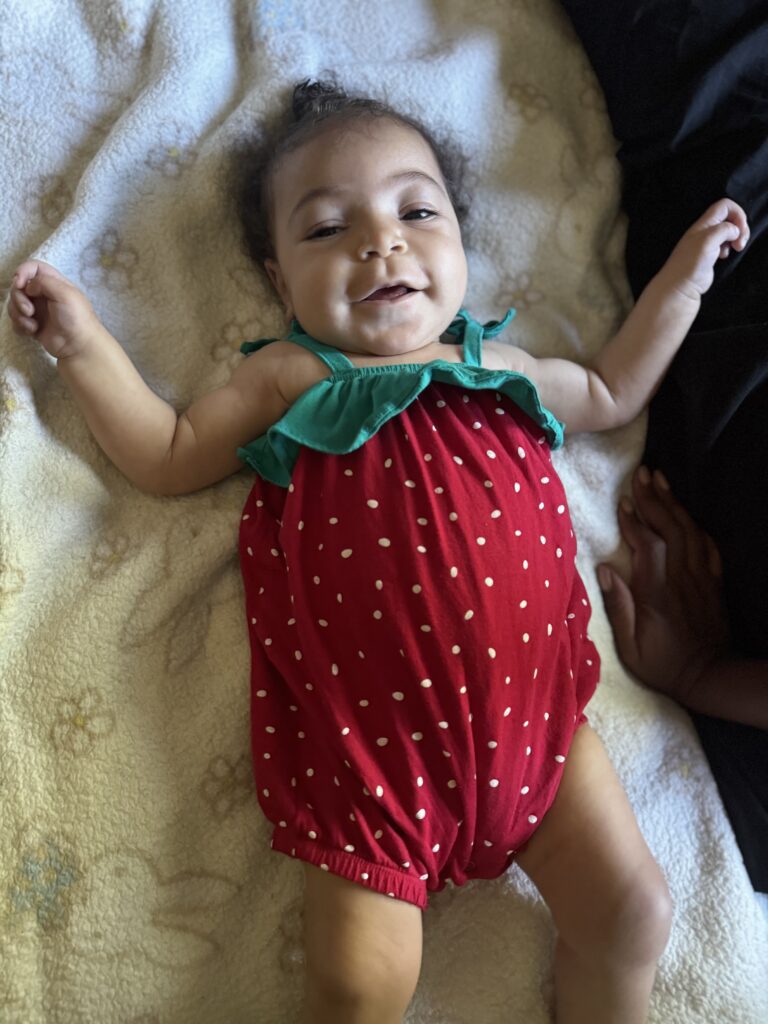
How has GM1 gangliosidosis affected your child?
We noticed something was off when we realized Milah wasn’t meeting the milestones of development for a 6-month-old baby. She lost her hearing, and she never got to sit, crawl, or speak. After the diagnosis, she started regressing very fast, and her sleeping schedule became all over the place.
But through it all, she’s a happy baby. She never cries and brings so much joy to our family.
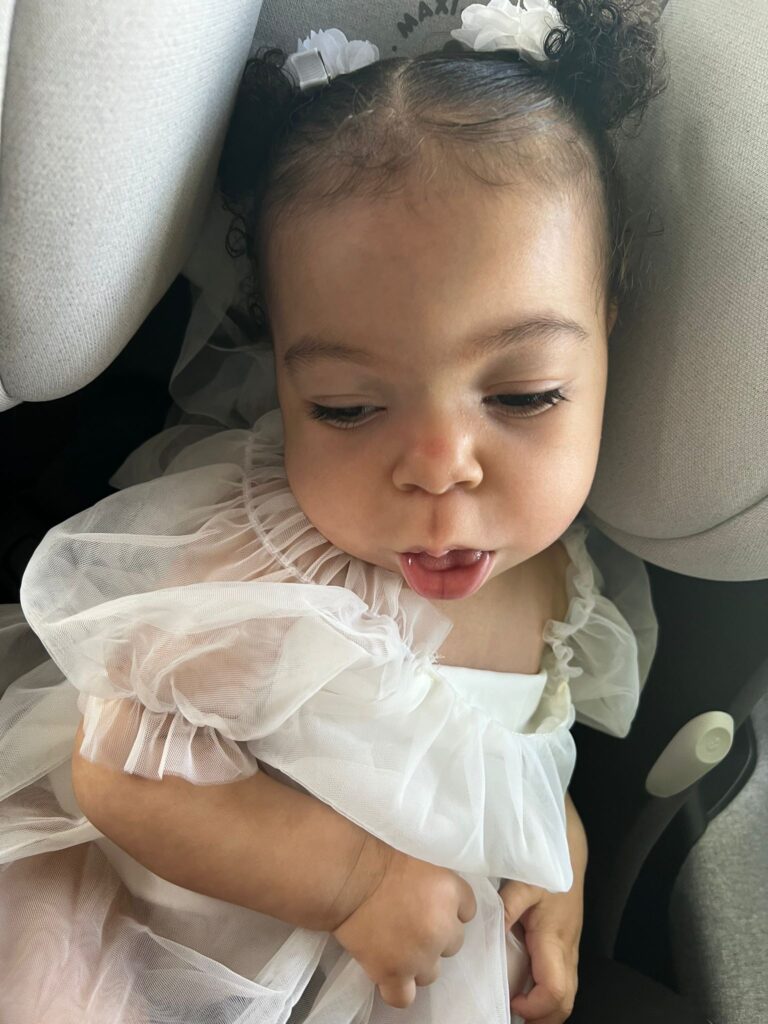
How does GM1 impact your family?
She is our first daughter and child, and having your first baby diagnosed with something that means they’re not going to live long… it’s heartbreaking for every parent. I had to take a leave from work to stay at home because GM1 needs caregiving all the time.
We’ve had to make changes in our lives and start replanning everything we were planning to do with our first baby – the family travels, school, these normal things families do. We don’t have time to feel or express emotions because we have to take care of the baby the whole time.
We learned to value time. We try to spend as much time as possible making memories with her. We’ve learned to understand her needs and adjusted how to communicate with her since we know she won’t be able to talk – but she finds her ways to communicate with us. She’s still breastfeeding and eating puree – and she lets us know clearly that poultry puree is her favorite – she can be very picky!
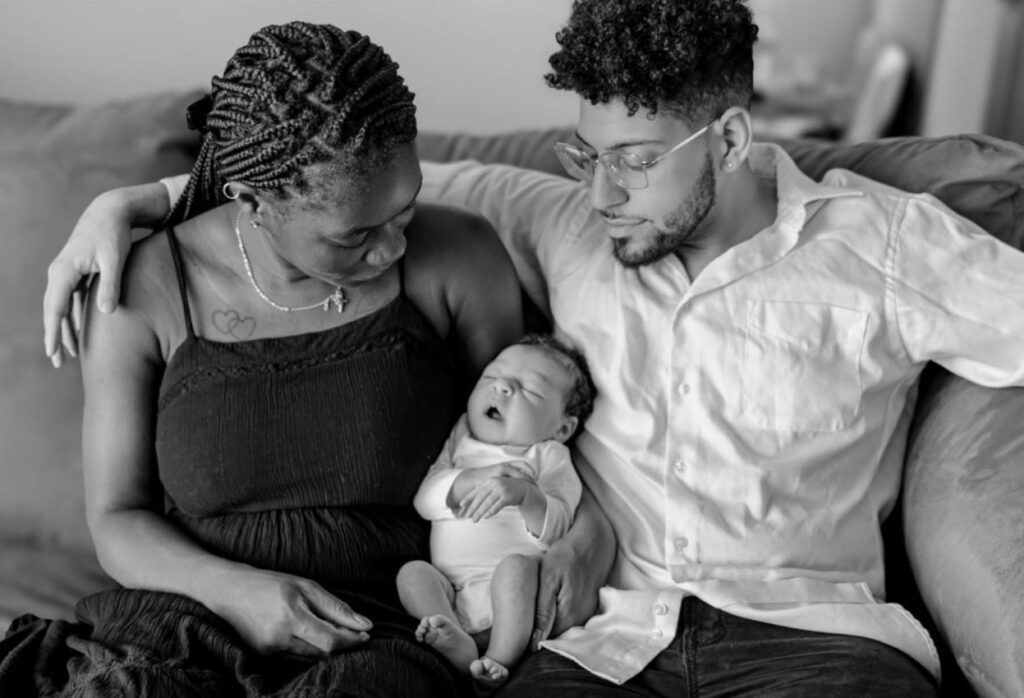
If we could tell people just one thing about GM1 gangliosidosis, what would it be?
No parent should hear that their child has a disease that has no treatment or cure and that they won’t live long. It takes the happiness out of every moment, takes the chance of enjoying parenthood. GM1 type 1 is more serious and has no treatment – it affects babies who don’t stand a chance; they are born with no chance or perspective.
We hope that with the foundation and more understanding of this disease, we’ll find a cure or at least find treatments for babies. We need to give a voice to the babies that can’t speak for themselves – no one understands them and the disease. It affects babies differently, and it should not be taken lightly.
Why should people support the Cure GM1 Foundation and rare disease research?
To help new parents and future parents to be ready and prepared to deal with GM1. When I found out about Milah’s diagnosis, there was no information. Parents need support and community to help each other so families can have a better understanding of the disease.
We need to have hope that one day we’ll have a cure for GM1, and it needs to be advertised and addressed. We shouldn’t have to explain this disease to everyone we meet.
Sweet Milah died in March 2025.
